
I was captivated and swept up with the book Emily Dickinson’s Gardening Life: The Plants & Places That Inspired the Iconic Poet by Marta McDowell that caught my eye at my small library. As I began to flip through the images and text, I placed it in my bag to take home with me. Traditionally, my summer afternoons were spent on the porch with a book attempting to grab some cooler air. This year, my days are filled with more outside, household tasks, and time spent on my business.
This book drew me in.
Gazing at the beautiful images and layout one afternoon, I finally settled in and began to read it. I was immediately drawn to the simple premise that Emily Dickinson was a gardener. Who knew? Of course, I knew the stories of the recluse wearing a white dress by the window and writing amazing poetry. I was ashamed of my lack of knowledge about the depth of her life.
The book is written by Marta McDowell, a resident gardener at the Emily Dickinson Museum in Amherst, Massachusetts. The book beautifully displays excerpts of her letters, poems, photographs of her pressed flowers, and historical and current botanical artwork. Photographs of her home, the Homestead (past and present) paint a picture of beauty and order.
The book travels through the gardening year, weaving in descriptions of the local fauna and snippets of her experiences living there.
Despite her reputation as a recluse, Emily Dickinson was devoted to her family and maintained longtime friendships with friends. She was inspired by the plants and shared them with her friends and family. She pressed flowers and carefully placed them tucked into her letters. Little treasures to be opened by the recipients.
I was surprised by her travels that took her from home to neighboring areas of Massachusetts, including Boston to visit other gardens and landscapes. She accompanied her father to Washington DC and studied botany at Amherst Academy and Mount Holyoke. She tended to the large flower garden at her residence and the conservancy attached to the home.
Summer
Summer was Emily Dickinson’s favorite season as she wrote about it most often. She nicknamed herself “Daisy” to her friends in her letters. When she was still making social calls, she enjoyed leaving her calling cards along with a bouquet. She would deposit them in friends’ church pews and tuck in little notes.
She often took wildflower walks solo which concerned her parents, until they found a huge dog, Carlo to accompany her. Carlo remained her constant companion and confidant. On her walks, she gathered wildflowers and dried them between the pages of large, heavy books.
Later, she compiled them into a herbarium. This fabric-covered rose embossed book contained 66 pages of more than 400 plants. Each specimen was carefully labeled. Her attention to detail and interest in plants surprised and impressed me.
Answer July —
Where is the Bee —
Where is the Blush —
Where is the Hay?
Ah, said July —
Where is the Seed —
Where is the Bud —
Where is the May —
Answer Thee — Me —
Nay — said the May —
Show me the Snow —
Show me the Bells —
Show me the Jay!
Quibbled the Jay —
Where be the Maize —
Where be the Haze —
Where be the Bur?
Here — said the Year —

Roses were her favorite as they showed in her poems and letters more than any other flower. She wrote this poem omitting the word “rose” to create a riddle for the reader. Her bedroom wall was papered with delicate pink roses and has been restored to its original beauty.
Pigmy seraphs—gone astray—
Velvet people from Vevay—
Balles from some lost summer day—
Bees exclusive Coterie—
Paris could not lay the fold
Belted down with Emerald—
Venice could not show a check
Of a tint so lustrous meek—
Never such an Ambuscade
As of briar and leaf displayed
For my little damask maid—
I had rather wear her grace
Than an Earl's distinguished face—
I had rather dwell like her
Than be "Duke of Exeter"—
Royalty enough for me
To subdue the Bumblebee.
I connected to the sense of place that her home, garden, and woodland provided.
A sense of security and familiarity. As she withdrew from society she was more comfortable in her garden with the plants than with people.
As the heat of summer settled in, the lilies bloomed and opened decorating the garden with color for weeks.
Years ago, a dear old friend gifted me some of her lilies that covered her lush garden. She died several years ago, but they are blooming along the driveway as I type. They make me smile as I remember carefully planting them in our new home. Now they are a reminder of her generosity and spirit.
Flowers and plants have a unique way of tying you to a place and time. I remember moving away from our house in Concord, New Hampshire, and being forced to leave the perennials behind for the new owner. Friends of mine have snuck into their old gardens to retrieve their precious plants before the owners took occupancy. My mom at 82, continues to decorate her home with annuals planted in pots for ease of watering.
Most of my plants have been transplanted from the old yard, and I shy away from planting non-native plants. I want our landscape to look natural and benefit the bees and birds that come to visit.
My Garden—like the Beach—
Denotes there be—a Sea—
That’s Summer—
Such as These—the Pearls
She fetches—such as Me
Despite her seclusion in later years, she continued to visit and correspond with her friends. She died on May 15, 1886, at the age of fifty-six, and was laid to rest wearing a white dress, decorated with fresh violets, and a pink lady’s slipper orchid placed at her throat. She is laid to rest in the family cemetery.
It seems fitting that the book combines her death with wintertime. The cold, snow-covered landscape signals the end of her life mirroring the end of the gardening cycle.
Currently, the Emily Dickinson Museum is bringing back the garden. The Homestead, is being restored with meticulous detail to reflect her time spent there.
I added this stop to my ever-growing list. I look forward to visiting her home and imagining her life among her plants and wildlife.

Drying Plants and Flowers
Drying and pressing flowers or plants is a simple and enjoyable way to preserve their beauty. I am currently cutting and drying oregano, and varieties of mint, motherwort, sage, wild yarrow, and red clover.
Air Drying
Best suited for sturdy flowers and plants like roses, lavender, and eucalyptus.
Steps:
Gather your flowers into small bunches and secure them with a rubber band or string.
Hang them upside down in a well-ventilated, dry, and dark place (such as a closet or attic) to retain color and prevent mold.
Leave them to dry for 2-3 weeks, or until they feel dry and crisp.
Pressing
Suitable for flat flowers and leaves like pansies, daisies, and ferns.
Steps:
Place the flowers between two sheets of absorbent paper (e.g., parchment, blotting paper, or coffee filters).
Place the paper in a heavy book, then add more books or a weight on top.
Leave them for 1-2 weeks, checking occasionally to ensure they are drying properly.
Oven Drying
Best for herbs and small flowers.
Steps:
Preheat your oven to its lowest setting (usually around 150-200°F or 65-95°C).
Spread the flowers or herbs on a baking sheet in a single layer.
Place the sheet in the oven, leaving the door slightly ajar to allow moisture to escape.
Check every 30 minutes, and remove them once they are dry (usually 1-3 hours).
Using a Dehydrator
Best for uniform drying of herbs, small flowers, and delicate plants.
Steps:
Set the dehydrator to a low temperature, around 95-115°F (35-46°C), to avoid damaging the flowers.
Spread the flowers, leaves, or herbs in a single layer on the dehydrator trays. Make sure they are not overlapping to ensure even drying.
Place the trays in the dehydrator and let them dry for several hours. Check periodically to monitor the drying progress. Drying times can vary depending on the type of plant and the humidity level, but it generally takes 1-4 hours.
Check for Dryness:
Flowers and herbs are done when they feel dry and brittle to the touch. Larger flowers might take longer, so be patient and check frequently.
Tips for All Methods
Ensure flowers are free from dew or moisture before starting.
Handle dried flowers with care, as they can be fragile.
Store dried flowers in a cool, dry place to prevent them from becoming brittle or moldy.
These methods allow you to preserve the beauty of flowers and plants for months or even years, making them perfect for home decor and crafts.
I continue to seek gardening and wildcrafting advice and inspiration from books, local gardens, and here on Substack.
is a wonderful source over at The Gardening Mind. It is a wonderful spot to learn and connect with the beauty and abundance of gardening.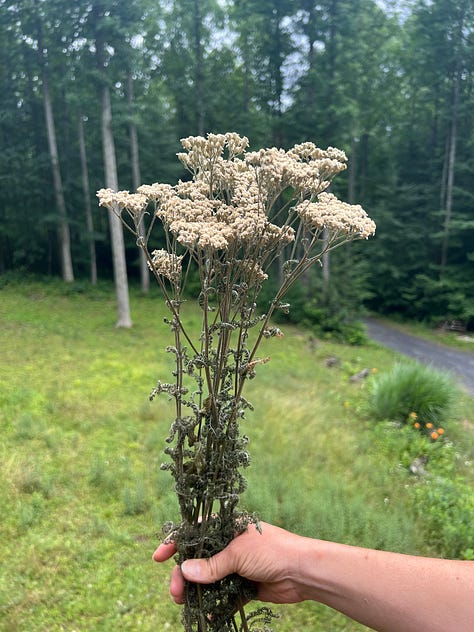
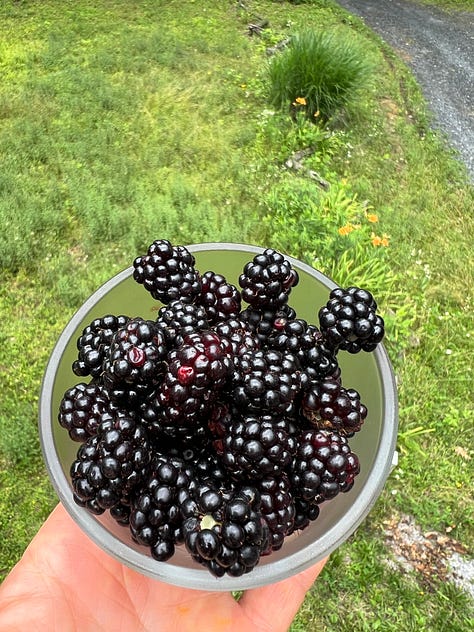
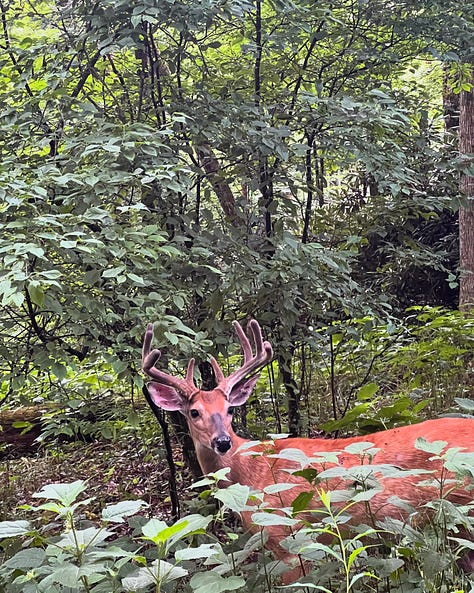
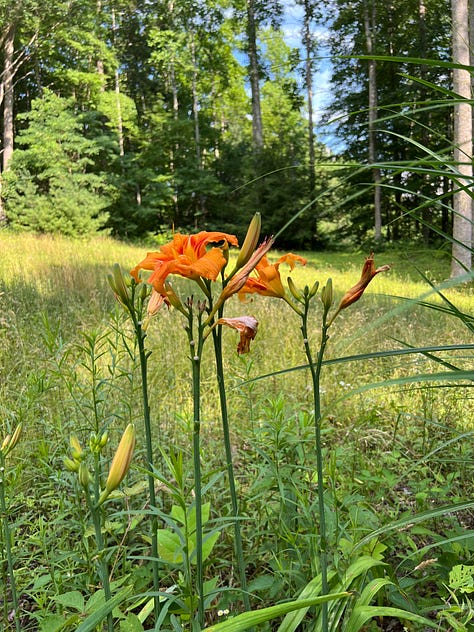
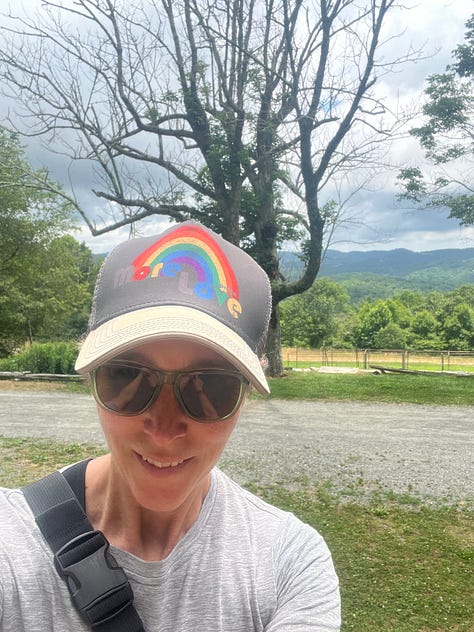
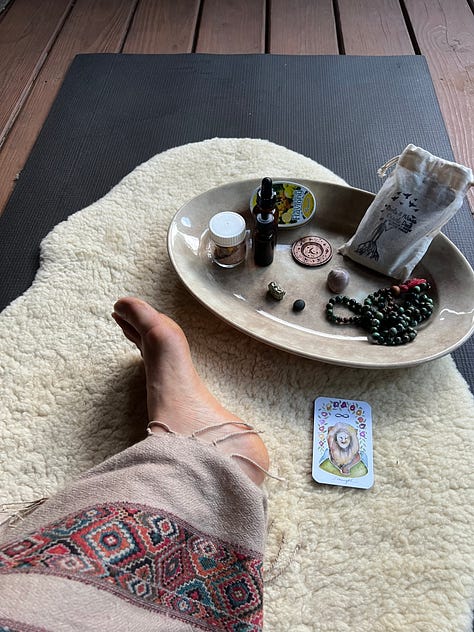
As summer marches on, I am looking for ways to preserve the herbs and produce that are growing in the garden and land. I am excited to continue to dry, pickle, infuse, freeze, and drag out the huge canner.
Is there anything special you love to preserve for wintertime? Please share it with me!
Talk to you soon,
Blythe




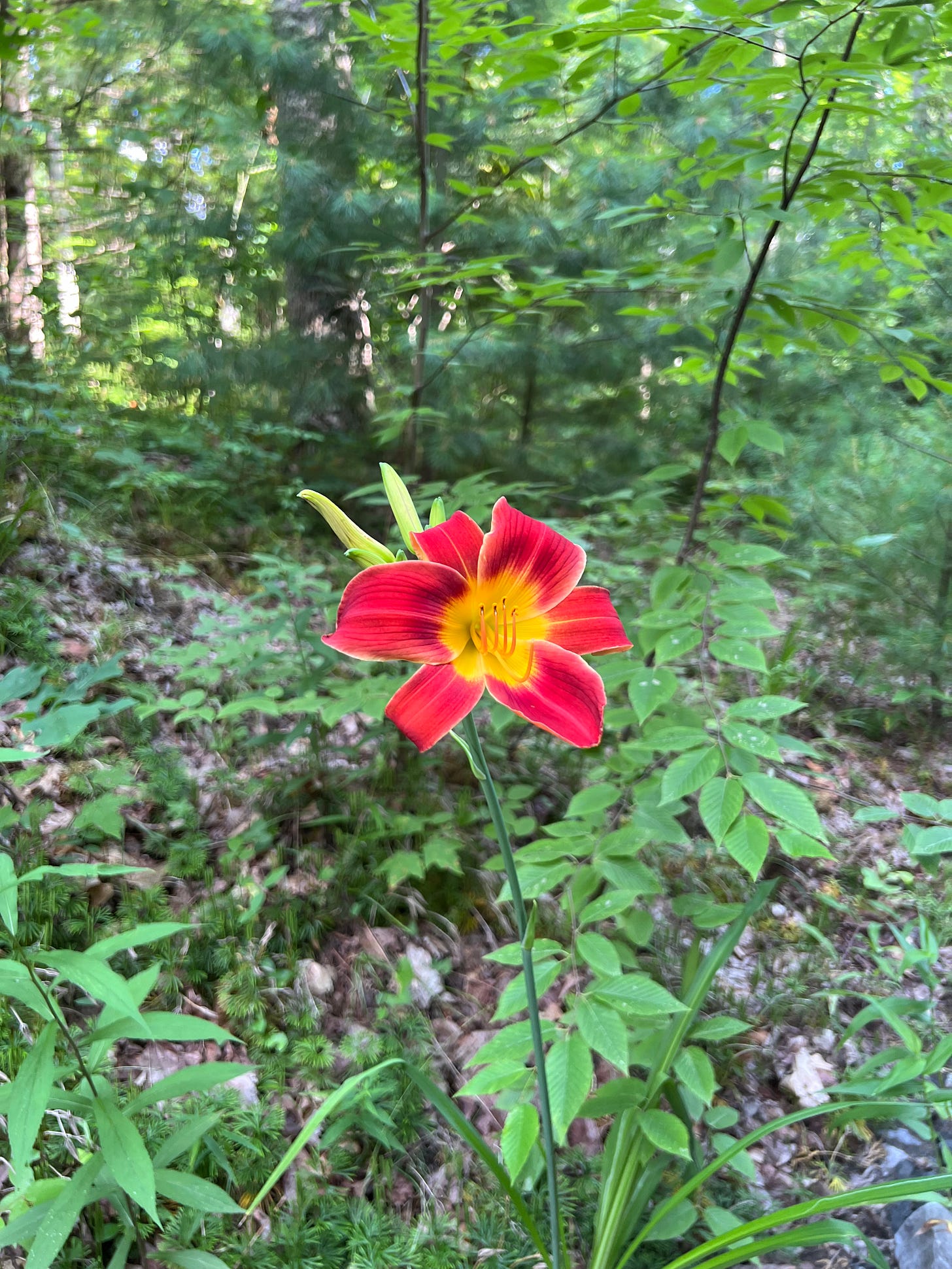
Hi Blythe !
Such lovely poetry and discussion on flowers that you share with us in your newsletter this morning.
We've had a fair bit of rain lately and very early this morning, when the rain had let up, I was outside having to pick up small branches that had fallen from our old birch tree, along with putting one of our large flower pots back upright that a raccoon must have knocked over during the night. I do enjoy the rain however, assuming that it is not too heavy, since it tends to perk up all the various flowers that we have growing in our backyard gardens.
You mentioned that Emily Dickinson died at only 56. Back then most people passed away much earlier that is the norm today. Who knows how long people will live to in 100 years from now, eh?
As to what I love to preserve for wintertime, I can't at the moment think of anything in particular but I would be interested to read what your other readers might have in mind.
Well, that's about all I have for this early morning. Take care and enjoy your weekend with your family.
How uncanny, I was just thinking about how I used to love pressing and preserving flowers as a child - thanks so much for the inspiration here.